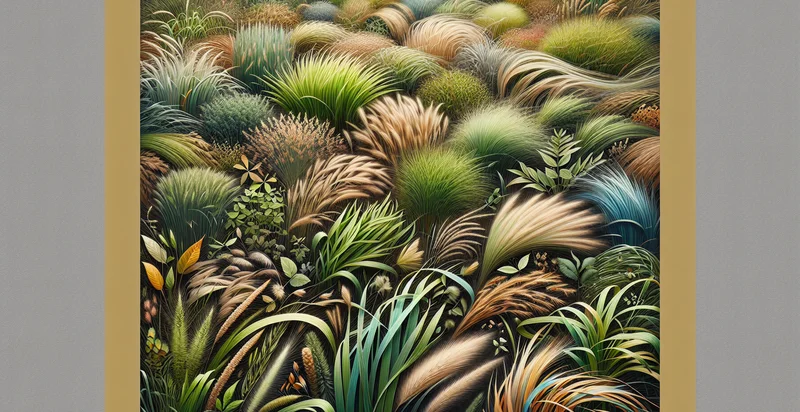Identify hibiscus species
using AI
Below is a free classifier to identify hibiscus species. Just upload your image, and our AI will predict what species of hibiscus it is - in just seconds.

Contact us for API access
Or, use Nyckel to build highly-accurate custom classifiers in just minutes. No PhD required.
Get started
import nyckel
credentials = nyckel.Credentials("YOUR_CLIENT_ID", "YOUR_CLIENT_SECRET")
nyckel.invoke("hibiscus-species", "your_image_url", credentials)
fetch('https://www.nyckel.com/v1/functions/hibiscus-species/invoke', {
method: 'POST',
headers: {
'Authorization': 'Bearer ' + 'YOUR_BEARER_TOKEN',
'Content-Type': 'application/json',
},
body: JSON.stringify(
{"data": "your_image_url"}
)
})
.then(response => response.json())
.then(data => console.log(data));
curl -X POST \
-H "Content-Type: application/json" \
-H "Authorization: Bearer YOUR_BEARER_TOKEN" \
-d '{"data": "your_image_url"}' \
https://www.nyckel.com/v1/functions/hibiscus-species/invoke
How this classifier works
To start, upload your image. Our AI tool will then predict what species of hibiscus it is.
This pretrained image model uses a Nyckel-created dataset and has 17 labels, including Hibiscus Acetosella, Hibiscus Biflora, Hibiscus Brackenridgei, Hibiscus Coccineus, Hibiscus Denisonii, Hibiscus Grandiflorus, Hibiscus Moscheutos, Hibiscus Mutabilis, Hibiscus Oahuensis and Hibiscus Pedunculatus.
We'll also show a confidence score (the higher the number, the more confident the AI model is around what species of hibiscus it is).
Whether you're just curious or building hibiscus species detection into your application, we hope our classifier proves helpful.
Related Classifiers
Need to identify hibiscus species at scale?
Get API or Zapier access to this classifier for free. It's perfect for:
- Botanical Research: The hibiscus species identifier can assist researchers in classifying plant samples collected during field studies. By accurately identifying species, researchers can gather data on biodiversity, assess ecosystem health, and track changes over time in various habitats.
- Agricultural Management: Farmers and agricultural specialists can utilize the identifier to determine which hibiscus species are most suitable for cultivation in specific environments. This can enhance crop yield, reduce pest infestations, and improve resource management by aligning species selection with local climate and soil conditions.
- Ecotourism Enhancement: Ecotourism companies can leverage the hibiscus species identifier as part of guided tours and educational programs. By providing tourists with accurate information about native hibiscus species, they can create a more immersive experience that highlights the importance of plant diversity and conservation.
- Landscape Design: Landscape architects can use the identifier to select the appropriate hibiscus species for gardens, parks, and public spaces. This ensures that the selected plants thrive in their designated environments while also contributing to local aesthetics and ecological balance.
- Pharmaceutical Development: The hibiscus species identifier can support the pharmaceutical industry in sourcing specific plant varieties for research into their medicinal properties. By accurately locating species with potential health benefits, researchers can accelerate the development of new treatments and natural remedies.
- Educational Tools: Educational institutions can integrate the hibiscus species identifier into botanical education programs. This tool can help students and educators learn about plant taxonomy, ecology, and conservation efforts in an interactive manner, fostering a deeper understanding of plant biology.
- Horticultural Exhibitions: Botanic gardens and horticulture shows can use the frictionless identification process to enhance their exhibitions. By allowing visitors to engage with the hibiscus species identifier, they can learn about various species on display, promoting awareness and appreciation for plant diversity.


